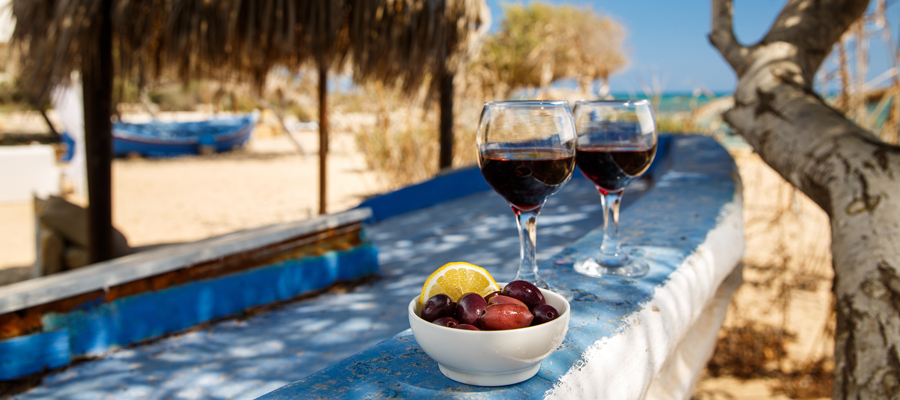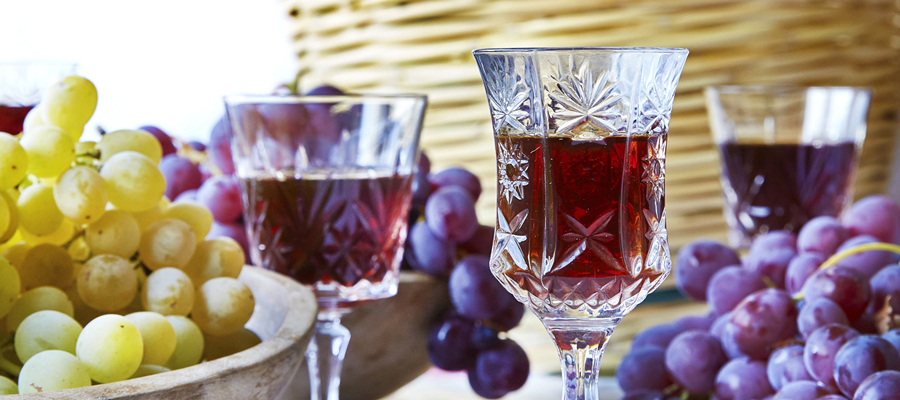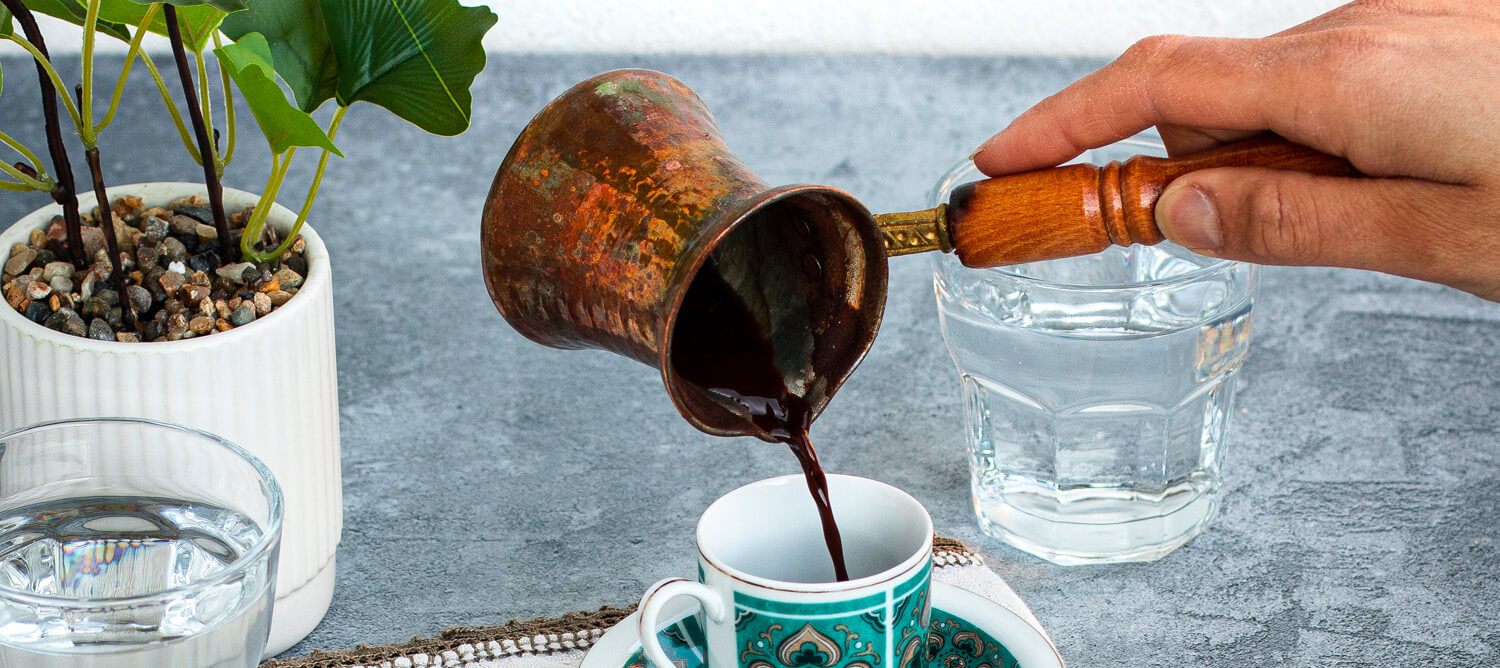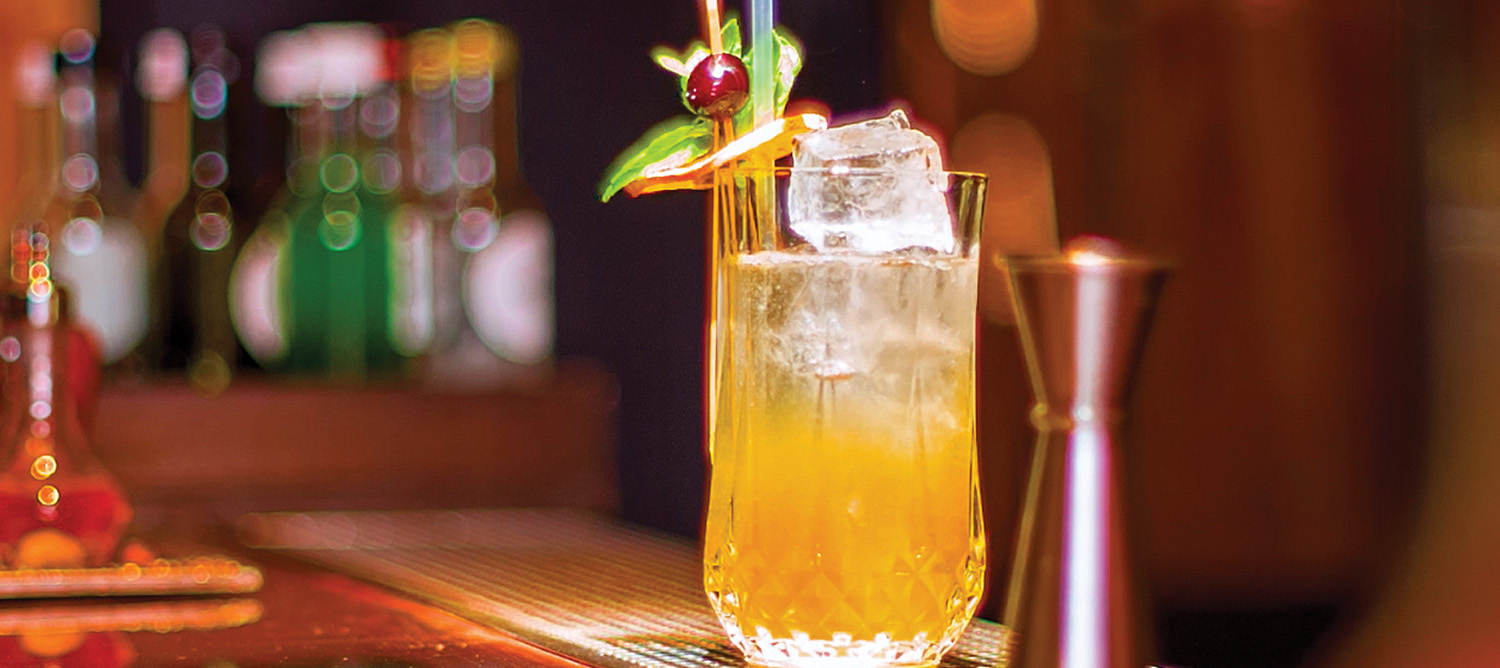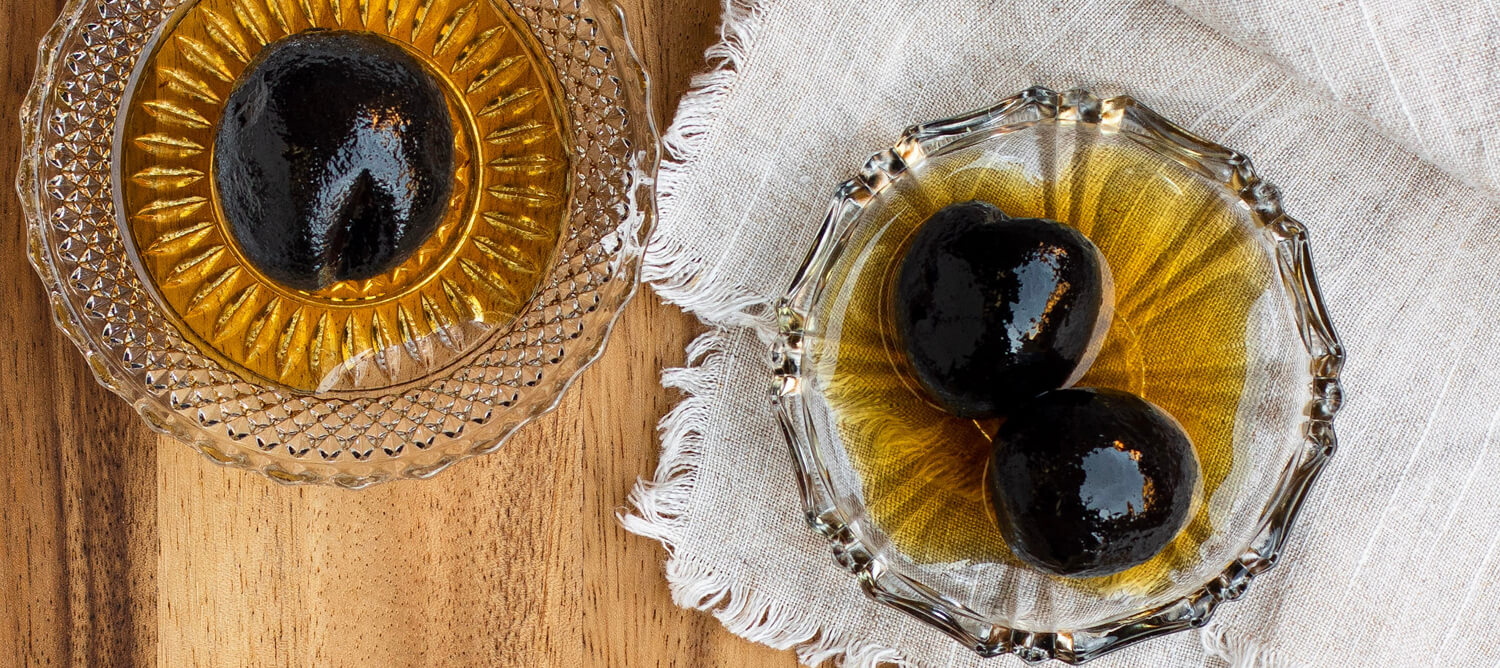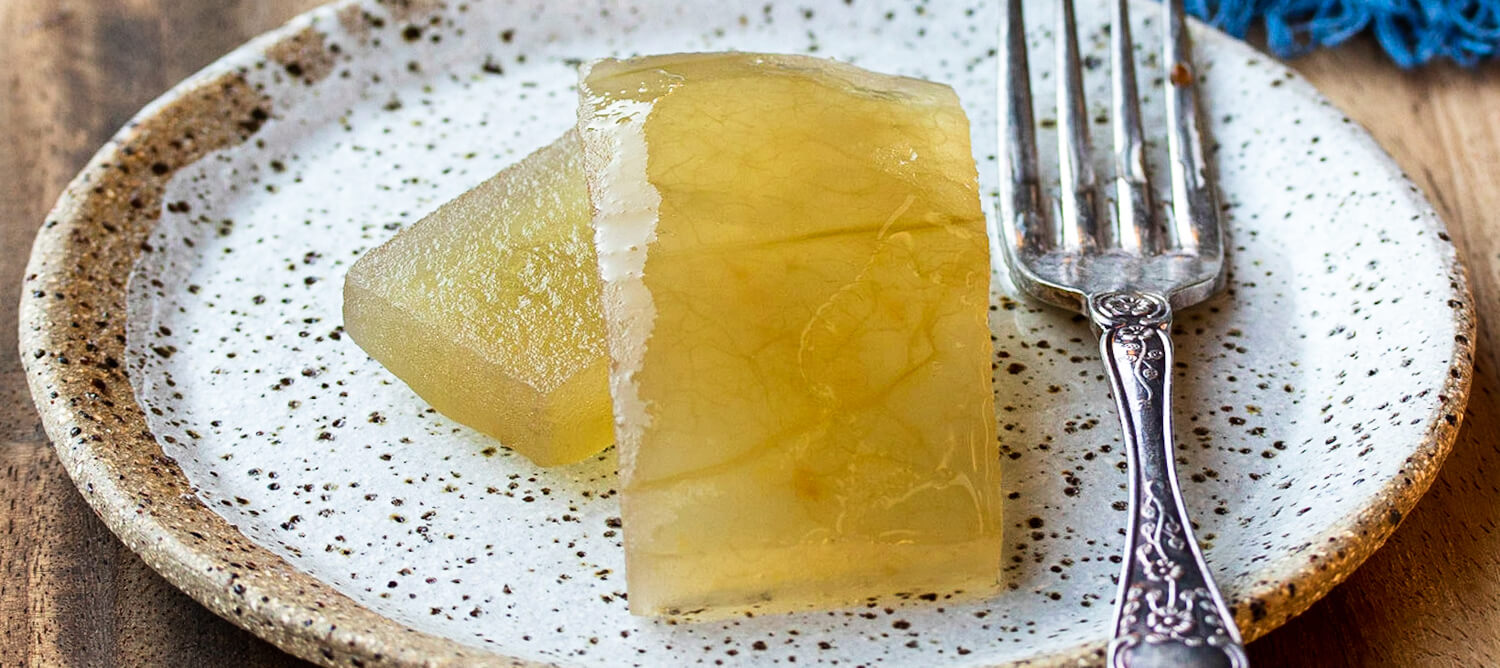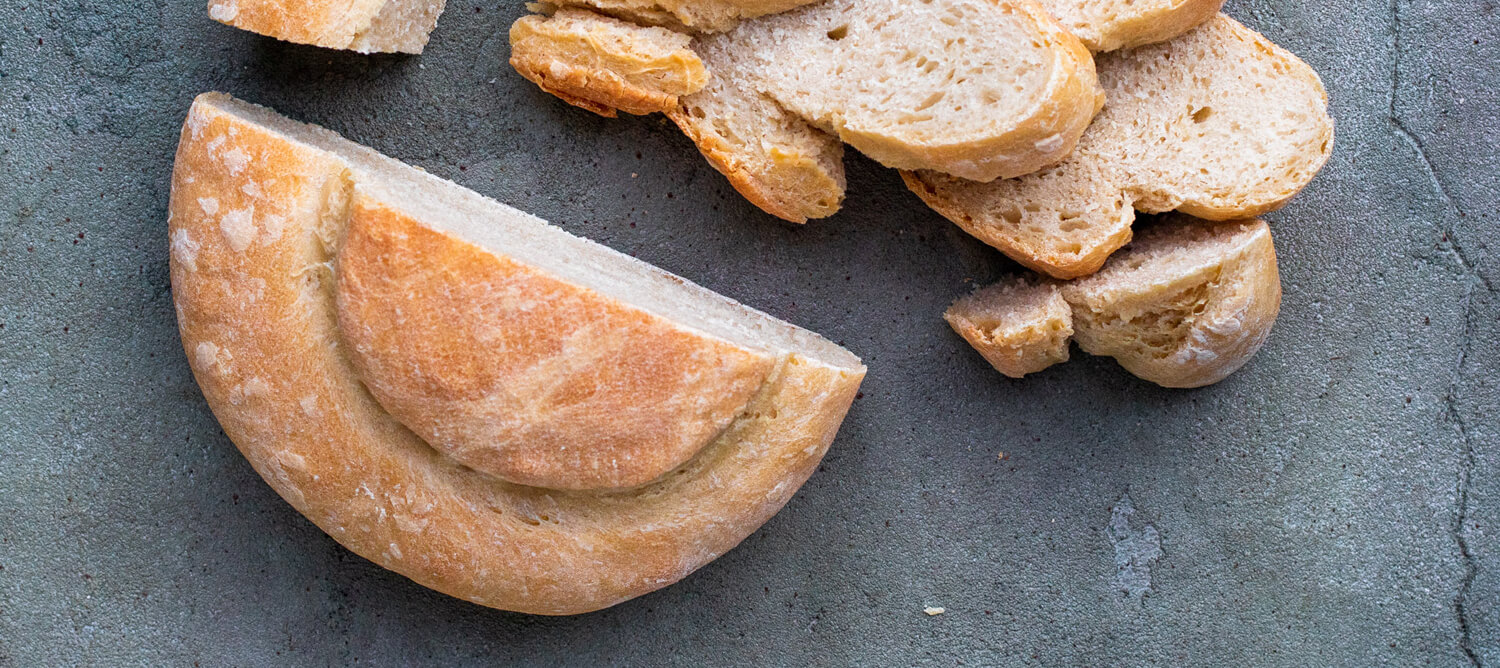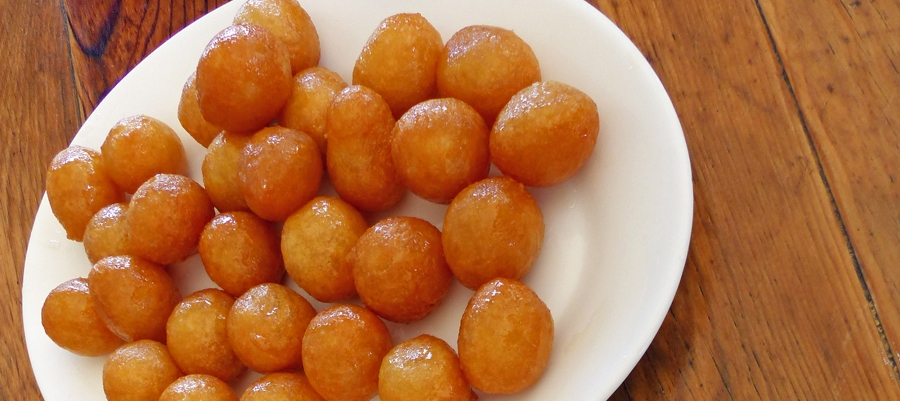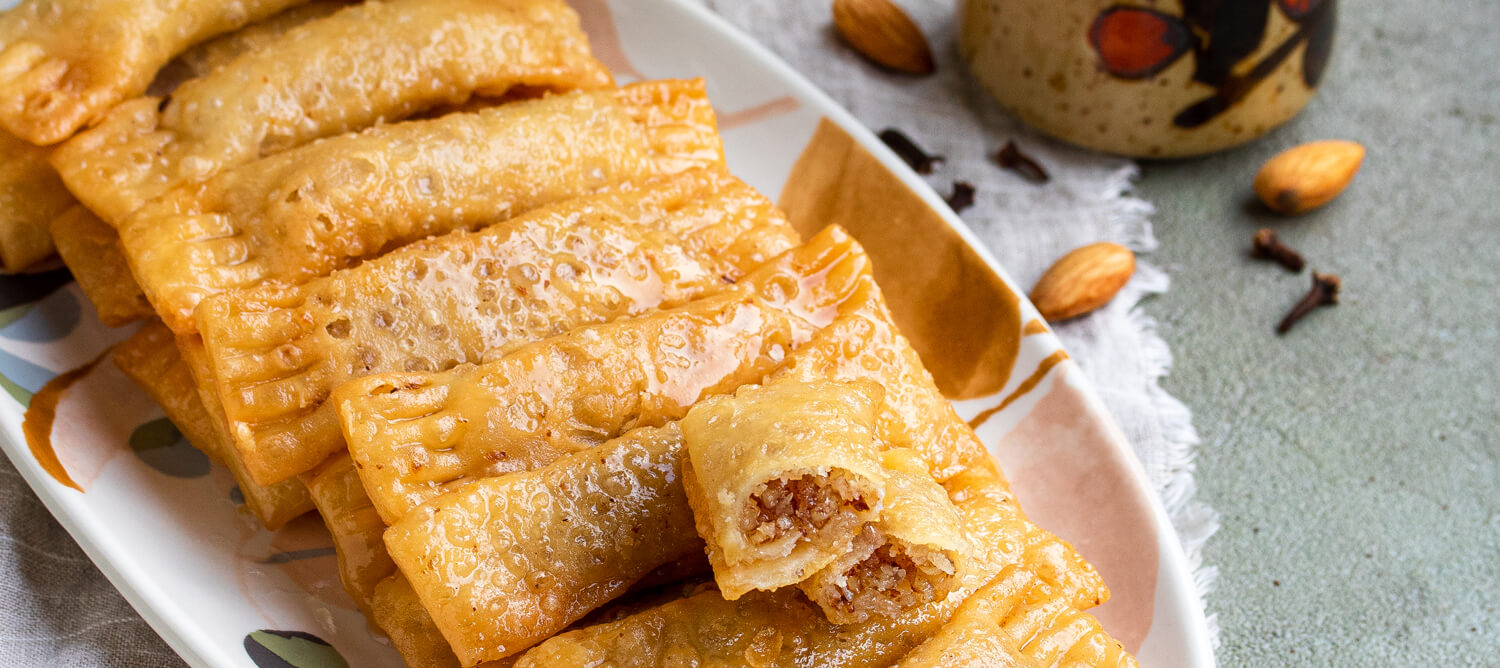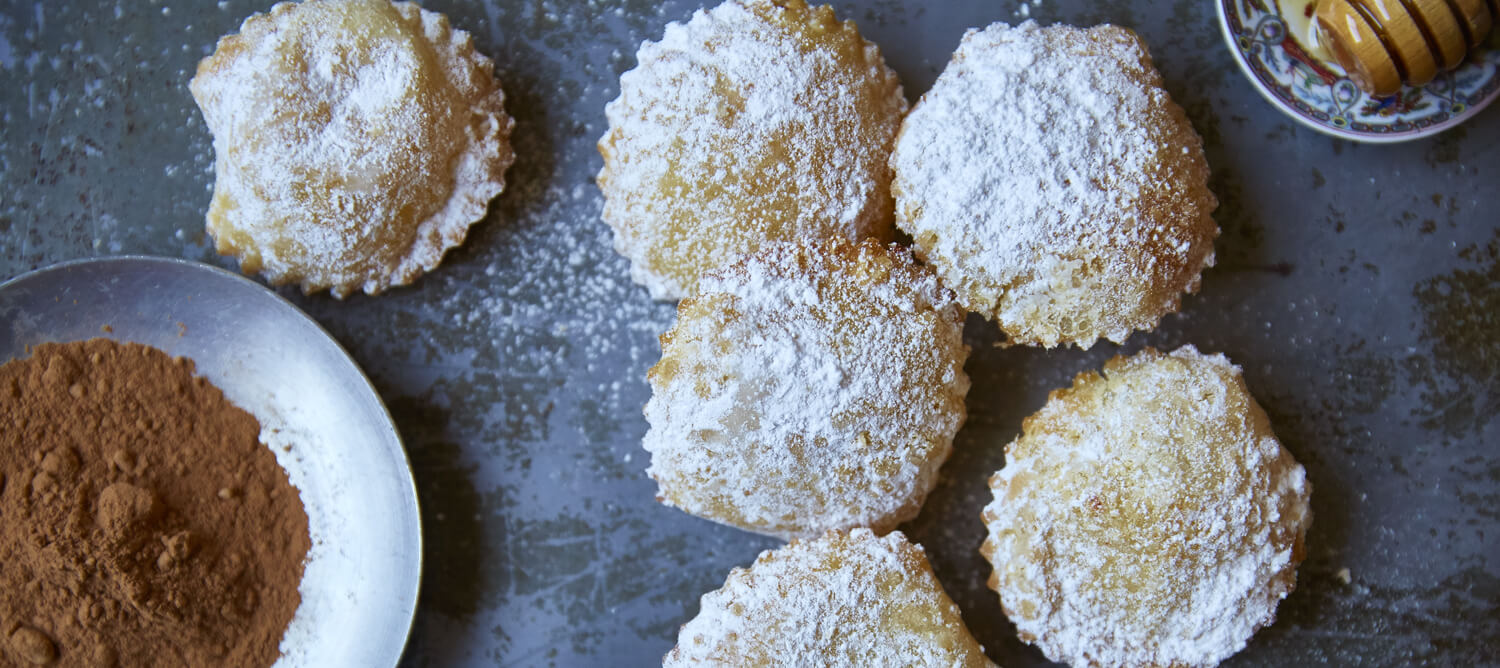The island has a long-standing tradition of winemaking that dates back to Ancient Greek, Roman and Egyptian times, as evidenced by archaeological finds of old wine jugs at the Lemesos (Limassol) villages of Pyrgos and Erimi that are believed to be over 6.000 years old. The grape varieties of the island are some of the oldest in the world, with the sweet dessert wine of Commandaria (Commandaria) remaining the oldest named wine still in production.
There are seven wine routes on the island and these are Akamas Laona, Vouni Panagias – Ambelitis, Pitsilia, and the Wine Villages of Lemesos (collectively known as ‘krasochoria’ meaning ‘wine villages’). They all produce both red and white wines.
The two main local grape varieties are those of Mavro (black) and Xynisteri (white). Xynisteri is the most widespread white grape variety and produces pale, light wines with a low alcohol content (11-11.5% volume). Mavro (red) is large and juicy, producing dull colour wines with a light taste. When Mavro and Xynisteri are blended together they make Commandaria, and they are also used together in the production of the national spirit, Zivania.
Other local grape varieties include the ancient Maratheftiko and Ofthalmo (red), whilst foreign grape varieties are also grown on the island, including Chardonnay, Muscat of Alexandria, Palomino, Riesling, Sauvignon Blanc and Semillon (white), and Alicante Bouschet, Cabernet Franc, Cabernet Sauvignon, Cinsaut, Grenache Noir, Mataro and Shiraz (red).
Wine connoisseurs will be pleased to know that many of the island’s wineries and wine-producing villages and monasteries are open for tours and tasting of their ‘nectar of the Gods’*, whilst the annual Lemesos Wine Festival is a ten-day celebration of wine and merriment, held at the end of August/beginning of September.
*It is advisable to check opening times with the wineries before visiting.

